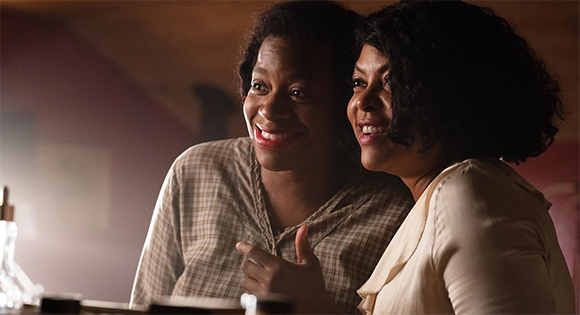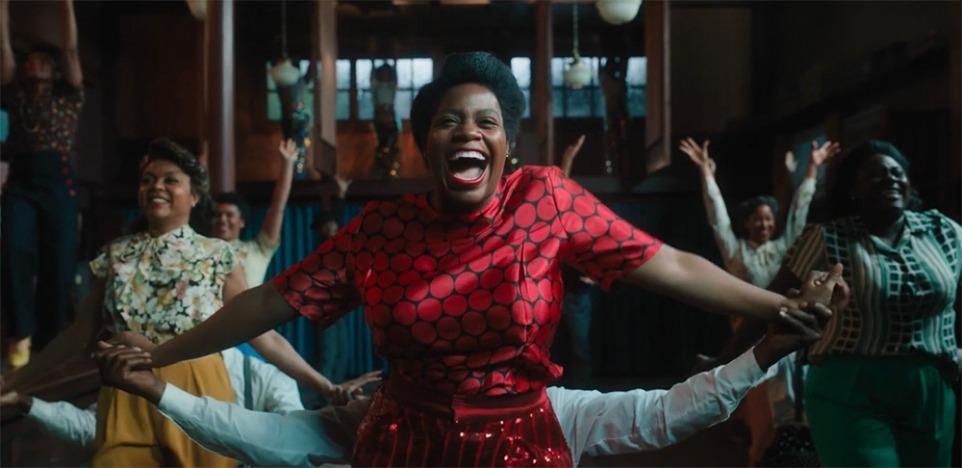It’s unlikely that many viewers coming to this musical film will not have been exposed to an earlier version of the story: Alice Walker’s 1982 novel which won the 1983 Pulitzer Prize for Fiction and the National Book Award for Fiction; director Steven Spielberg’s 1985 film starring Whoopi Goldberg and Oprah Winfrey which was nominated for 11 Oscars; or the 2005 Broadway musical which won the Tony for Best Revival of a Musical when it opened again on Broadway in 2015. This version draws on elements of all of its predecessors, including the songs from the Broadway musical.
The story, set in the South in 1909 and running for 40 years, revolves around the hard life and eventual triumph of Celie (played as a teenager by Phylicia Pearl Mpasi and as an adult by Fantasia Barrino). She is raped by a man she calls “Pa” and had her children taken away, was married off to a man she calls Mister (Colman Domingo) who doesn’t respect her and often beats her, and is separated from her beloved sister (Halle Bailey). She sinks into a life of depression and passivity.

Then everything changes when two strong women, Sofia (Danielle Brooks) and Shug Avery (Taraji P. Henson), become her friends and urge her to stand up for herself. After spending some time in Memphis with Shrug, Celie returns home to claim some property left to her by her real father. She opens a store and firmly establishes her independence and freedom.
“Listen (Shug say) God love everything you love – and a mess of stuff you don’t. But more than anything else, God love admiration.
You saying God is vain? (Celie)
Naw, she say. Not vain, just wanting to share a good thing. I think it pisses God off if you walk by the color purple in a field somewhere and don’t notice it.”
— from the book The Color Purple
The story’s themes of resilience, freedom, hope, and the beauty that can be discovered in the little (purple) details of life are reinforced by the songs. For example, Mister visits Celie’s store to return some of her things, and she sees how far she has come from her days under his control. She sings “I’m Here.” After recounting all the things she has, she declares: “I believe I have inside of me everything that I need to live a bountiful life. With all the love alive in me I’ll stand as tall as the tallest tree. I’m thankful for every day that I’m given, both the easy and hard ones I’m living. But most of all, I’m thankful for loving who I really am. I’m beautiful. Yes, I’m beautiful, and I’m here.”
Blitz Bazawule’s direction at times makes the film seem more like a stage musical, especially during the dance sequences at the beginning. But the strong performances, complimented by the colorful scenery and some fantasy sequences, give this version a special kind of vibrancy. No matter how many other times you’ve seen The Color Purple, you will want to see this one.
